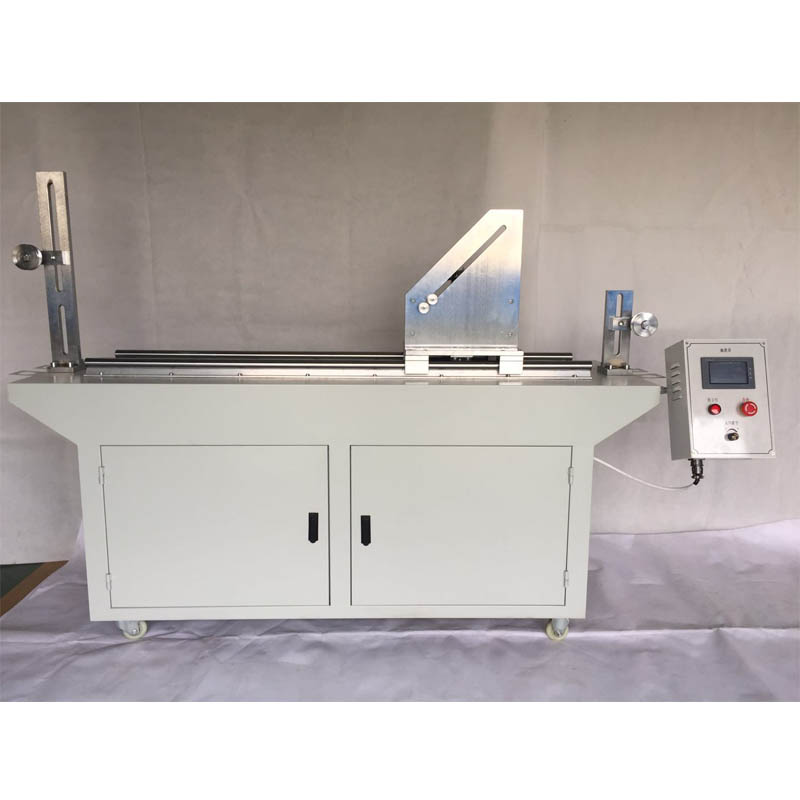Equipment for Constant Temperature Testing of Conductor Resistance Characteristics
Understanding Conductor Resistance Constant Temperature Test Equipment
In the field of electrical engineering, the measurement of conductor resistance is a critical factor that affects the overall efficiency and safety of electrical systems. The resistance of conductors can vary significantly with temperature, making it essential to conduct tests under controlled conditions. This is where conductor resistance constant temperature test equipment comes into play.
The Importance of Accurate Resistance Measurement
Electrical resistance is a measure of how much a conductor opposes the flow of electric current. Factors such as conductor material, cross-sectional area, and temperature can influence resistance. For instance, as the temperature of a conductor increases, its resistance also tends to increase. Therefore, to obtain accurate and reliable resistance values, it is imperative to conduct measurements at a constant temperature. This ensures that the readings reflect the intrinsic resistance characteristics of the conductor, rather than transient temperature-induced variations.
Features of Constant Temperature Test Equipment
Conductor resistance constant temperature test equipment is specifically designed to maintain a steady temperature during testing. These tools typically include
1. Temperature Control Systems These systems regulate the temperature of the conductor being tested, using methods such as circulating water baths, heating jackets, or ambient temperature chambers.
2. Precision Measurement Instruments High-precision multimeters and ohmmeters are crucial for capturing accurate resistance readings. These instruments are often equipped with features like automatic temperature compensation to adjust the readings based on the temperature set point.
conductor resistance constant temperature test equipment

3. Data Logging Capabilities Advanced test equipment may include integrated data logging features, allowing users to record measurements over time. This is especially useful in identifying trends and ensuring that results are consistent across multiple tests.
4. User-Friendly Interfaces Modern test equipment often comes with intuitive user interfaces, making it easier for technicians and engineers to operate the devices and interpret the results.
Applications of Constant Temperature Resistance Testing
The applications of conductor resistance constant temperature test equipment are vast. Industries such as power generation, railways, telecommunications, and manufacturing rely on these tests to ensure the reliability and safety of their electrical components. For example, in the power industry, testing the resistance of cables and conductive connections helps prevent overheating and potential failures that could lead to outages or equipment damage.
Moreover, researchers in the field of material science utilize this equipment to understand the electrical properties of new conductor materials. By measuring resistance at controlled temperatures, they can evaluate the viability of these materials for various applications.
Conclusion
In conclusion, conductor resistance constant temperature test equipment plays a vital role in ensuring accurate resistance measurements crucial for the efficiency and safety of electrical systems. By maintaining a constant temperature, this specialized equipment provides reliable data, enabling engineers and technicians to make informed decisions in their designs and operations. With technology continuously advancing, the future of resistance testing will likely see even more sophisticated and efficient equipment that further enhances measurement accuracy and testing reliability.
-
Why the Conductor Resistance Constant Temperature Measurement Machine Redefines Precision
NewsJun.20,2025
-
Reliable Testing Starts Here: Why the High Insulation Resistance Measuring Instrument Is a Must-Have
NewsJun.20,2025
-
Flexible Cable Flexing Test Equipment: The Precision Standard for Cable Durability and Performance Testing
NewsJun.20,2025
-
Digital Measurement Projector: Precision Visualization for Modern Manufacturing
NewsJun.20,2025
-
Computer Control Electronic Tensile Tester: Precision and Power for the Modern Metal Industry
NewsJun.20,2025
-
Cable Spark Tester: Your Ultimate Insulation Assurance for Wire and Cable Testing
NewsJun.20,2025
 Copyright © 2025 Hebei Fangyuan Instrument & Equipment Co.,Ltd. All Rights Reserved. Sitemap | Privacy Policy
Copyright © 2025 Hebei Fangyuan Instrument & Equipment Co.,Ltd. All Rights Reserved. Sitemap | Privacy Policy
